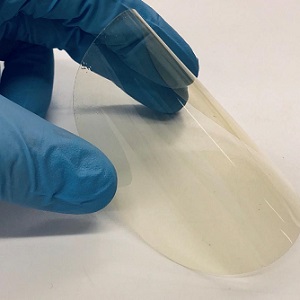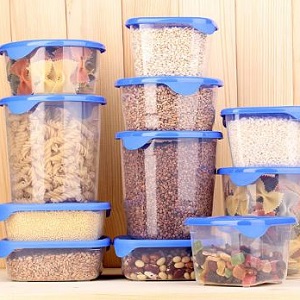Indiana’s largest biogas plant opens, will supply LNG to Midwest fleets

Kinetrex Energy, EDL and South Side Landfill celebrated the completion of the Indy High BTU plant at the Indianapolis South Side Landfill. The plant, which will be fully operational March 20, will convert landfill methane gas into approximately 8 million gallons of pipeline-quality renewable natural gas each year, and in the process, reduce greenhouse gas air emissions in Central Indiana, develop a local renewable resource and lower fuel costs. Indy High BTU is the largest biomethane plant in Indiana. “This is an exciting day for our city,” said Indianapolis Mayor Joe Hogsett. “We are pleased to see Kinetrex Energy, a homegrown-Indianapolis company, spearheading the effort to provide cleaner, renewable fuel for transportation across the Midwest.” With construction now complete, Indy High BTU will begin supplying Kinetrex Energy with renewable natural gas, which Kinetrex will turn into LNG and sell to Midwest transportation fleets. Kinetrex recently announced a six-year agre





